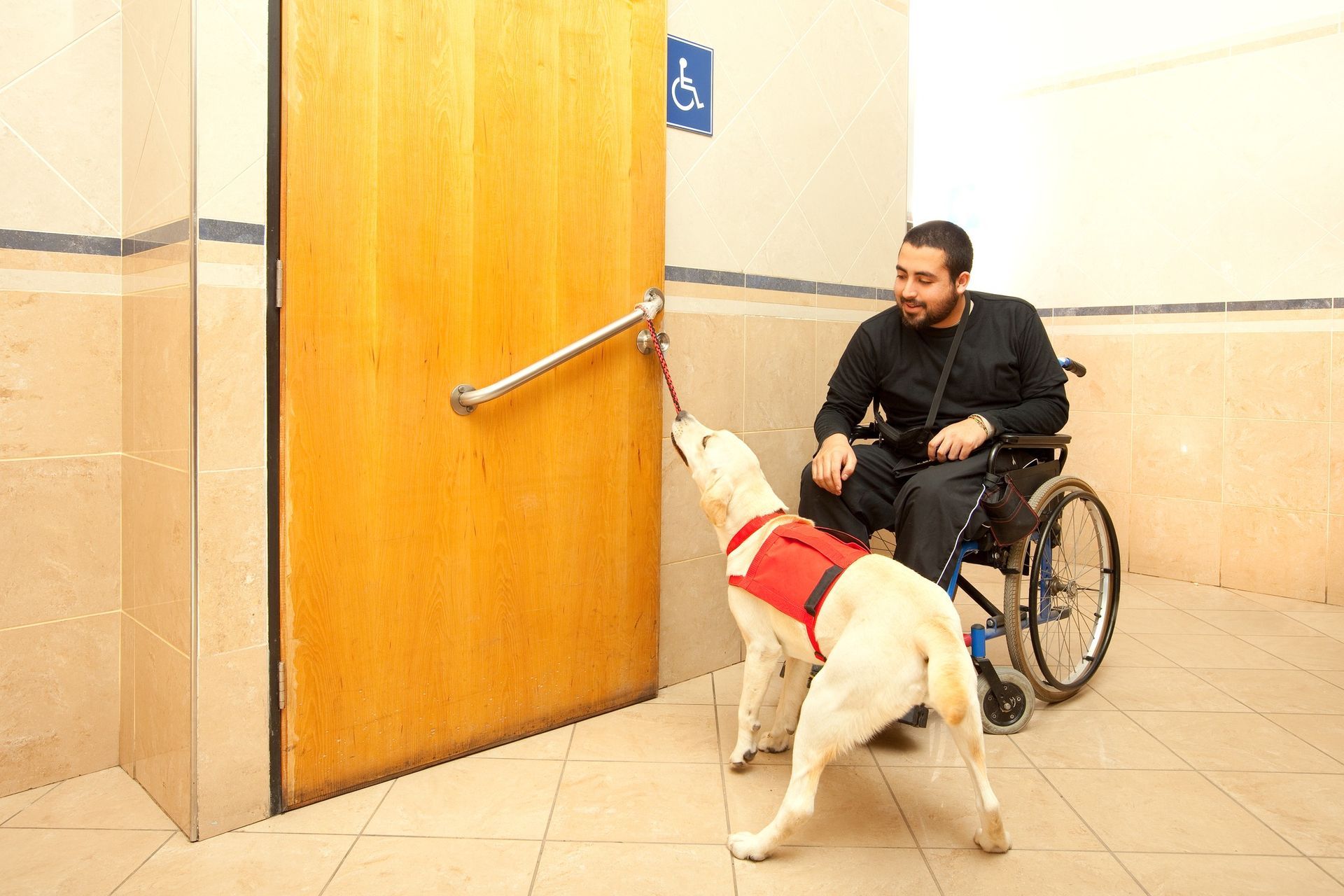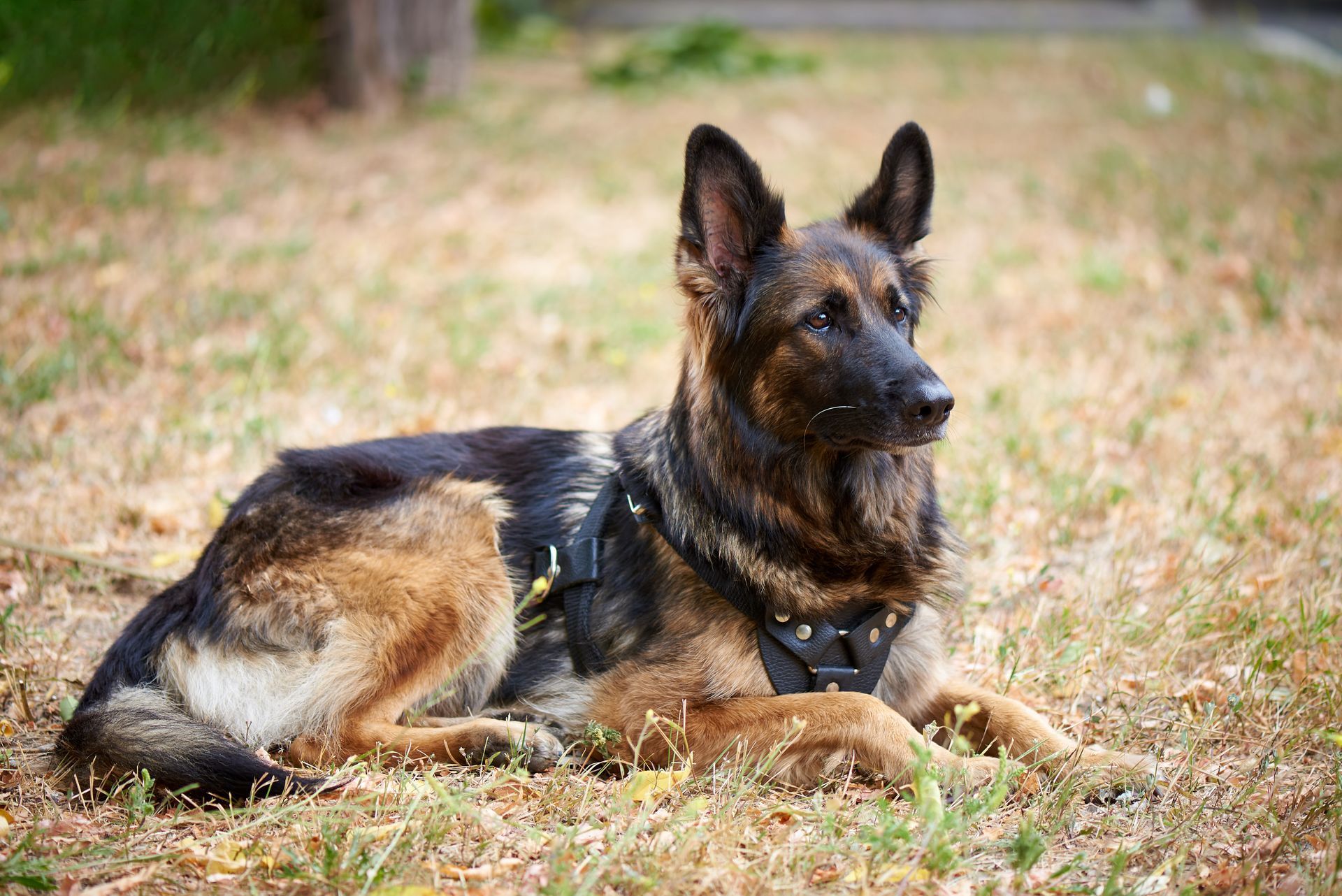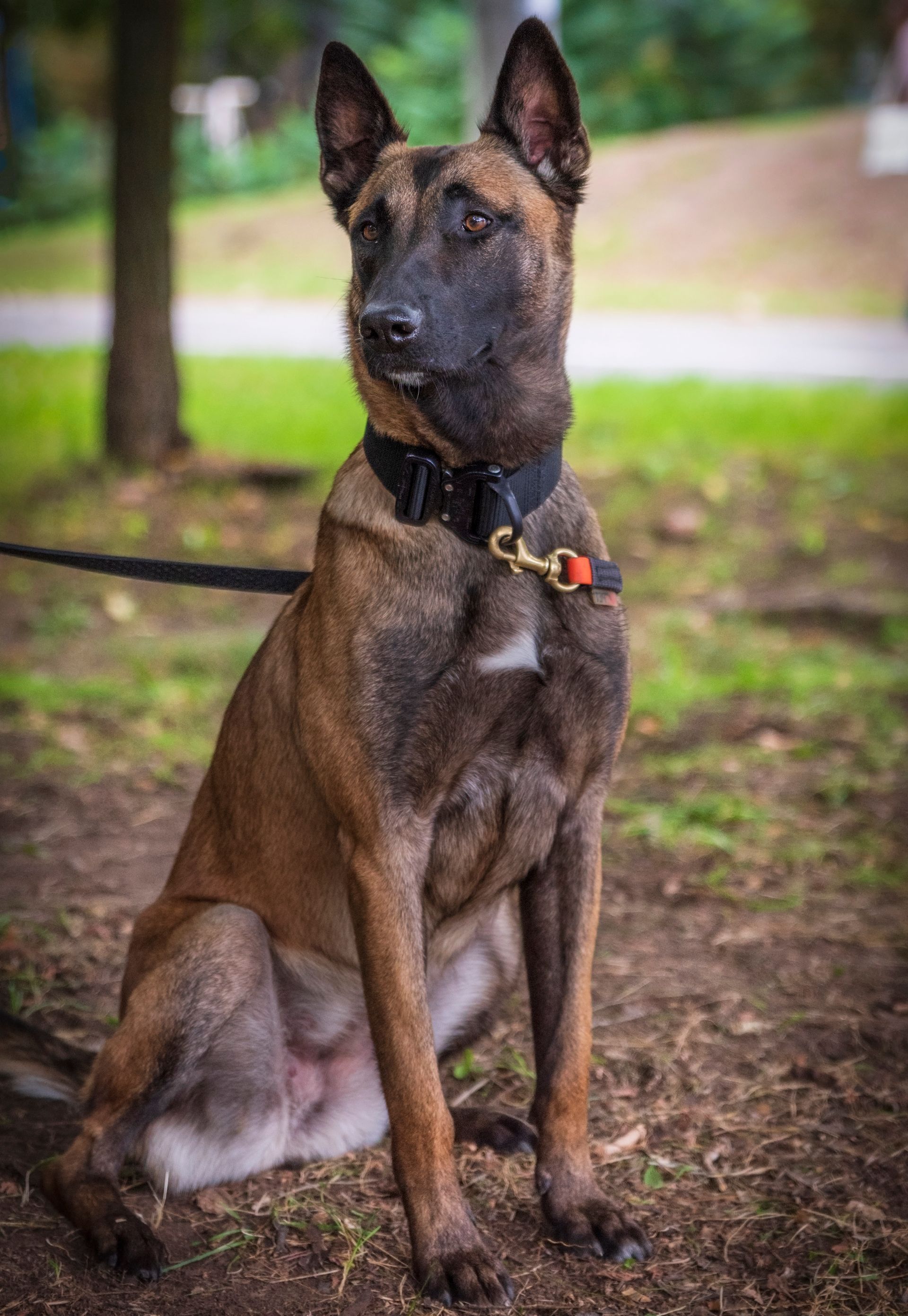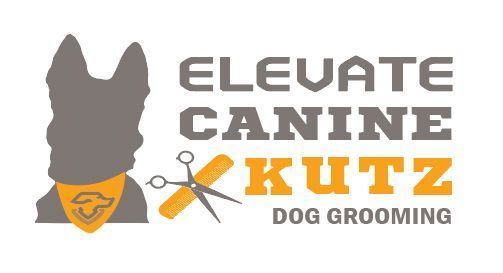Comparing a service dog to a emotional support animal and a therapy dog
7092987706 • May 22, 2025
May 22, 2025
We frequently receive inquiries about training someone’s service dog. I would like to provide clarity to what a service dog is, and how that compares to emotional support animals and therapy dogs. Service dog training is very specialized, and the requirements of the dog are task oriented similar to law enforcement K9s. The dog has to have the correct temperament, or they will wash out of service dog school.
There is only 1 training facility in ND that I am aware of that are accredited as a service dog training specialist and they are located in Jud ND.
Service Dogs for America specializes in service dogs. Here is some information from their website in the FAQ section. The cost of a service dog is $25,000. They do not train a persons pet dog to be a service dog. They only train dogs that are bred for the purpose of being a service dog. They train for a host of service dog requirements, but for psychiatric service dogs, they only train for PTSD. The requirements to get a dog trained for PTSD is that the person has an official diagnosis of PTSD and have a minimum of 1 year of recent mental health care pertaining to the PTSD diagnosis.
Understanding the Differences: Service Dogs, Emotional Support Animals, and Therapy Dogs
1. Service Dogs
Definition and Role:
Service dogs are highly trained to perform specific tasks that assist individuals with disabilities. These tasks are directly related to the handler's disability, helping them navigate daily life with greater independence. For example, a service dog might retrieve items, provide mobility support, alert their handler to medical conditions, or assist with psychiatric conditions like PTSD.
Training and Requirements:
Specialized Training: A dog must be trained to perform a specific task that helps someone in daily life, that are limited by a disability.
Legal Protections:
Service dogs are protected under the Americans with Disabilities Act (ADA). This allows them to accompany their handlers in almost all public places, including restaurants, stores, and airplanes, ensuring that individuals with disabilities have the support they need wherever they go.
2. Emotional Support Animals (ESAs)
Definition and Role:
Emotional support animals provide comfort and companionship to individuals dealing with mental health issues such as anxiety, depression, or phobias. Unlike service dogs, they are not trained to perform specific tasks but offer general emotional support through their presence.
Training and Requirements:
No Specialized Training: ESAs do not require specialized training, and they can be any type of animal that provides comfort to their owner.
Certification: To qualify for an ESA, a person must have a letter from a licensed mental health professional stating that the animal's presence is necessary for their emotional well-being.
No Access Rights: Unlike service dogs, ESAs do not have the same legal protections under the ADA. They are not permitted in public places where pets are typically not allowed, although they do have some protections under the Fair Housing Act and Air Carrier Access Act.
3. Therapy Dogs
Definition and Role:
Therapy dogs are trained to provide comfort and affection to people in hospitals, nursing homes, schools, and other settings. They are often part of therapeutic programs and visit institutions to interact with various individuals, enhancing their emotional well-being.
Training and Requirements:
- Basic Obedience and Temperament Training: Therapy dogs undergo basic training to ensure they are well-behaved and can remain calm in different environments. However, their training is not as specialized as that of service dogs.
- Certification: Many organizations require therapy dogs to pass specific tests and receive certification to ensure they are suitable for their role.
- No Access Rights: Therapy dogs do not have public access rights under the ADA. Their presence in public places is restricted to the institutions they visit for therapeutic purposes.
Some things you should know about service dogs:
- There is no requirement that a service dog wears a vest identifying it as a service dog. Wearing a vest that says service dog when the dog doesn’t meet the requirements of being a service dog does nothing more than draw negative attention, especially when the dog is not behaving like a service dog.
- Do not approach a service dog as much as you want to pet that dog. It is imperative that the dog’s focus is its handler. The last thing that a handler wants is their dog to find other people more interesting than their handler. This can cause the dog’s obedience to become sloppy and ultimately can cause harm to the handler when the dog’s focus is everything but the handler.
- There is no industry wide accepted accreditation that can certify a service dog. So there is no such thing as a certified service dog. You will find plenty of people on the internet that will sell you a certificate, however there is no requirement of a certification for the ADA.
To conclude, I believe that most people that want a service dog, really are wanting an emotional support animal, but the privileges of being able to take their dog just about anywhere. Unfortunately, too many people try to pass their ESA off as an ASA which only hurts people that have a true ASA.
We frequently receive inquiries about training someone’s service dog. I would like to provide clarity to what a service dog is, and how that compares to emotional support animals and therapy dogs. Service dog training is very specialized, and the requirements of the dog are task oriented similar to law enforcement K9s. The dog has to have the correct temperament, or they will wash out of service dog school.
There is only 1 training facility in ND that I am aware of that are accredited as a service dog training specialist and they are located in Jud ND.
Service Dogs for America specializes in service dogs. Here is some information from their website in the FAQ section. The cost of a service dog is $25,000. They do not train a persons pet dog to be a service dog. They only train dogs that are bred for the purpose of being a service dog. They train for a host of service dog requirements, but for psychiatric service dogs, they only train for PTSD. The requirements to get a dog trained for PTSD is that the person has an official diagnosis of PTSD and have a minimum of 1 year of recent mental health care pertaining to the PTSD diagnosis.
Understanding the Differences: Service Dogs, Emotional Support Animals, and Therapy Dogs
1. Service Dogs
Definition and Role:
Service dogs are highly trained to perform specific tasks that assist individuals with disabilities. These tasks are directly related to the handler's disability, helping them navigate daily life with greater independence. For example, a service dog might retrieve items, provide mobility support, alert their handler to medical conditions, or assist with psychiatric conditions like PTSD.
Training and Requirements:
Specialized Training: A dog must be trained to perform a specific task that helps someone in daily life, that are limited by a disability.
Legal Protections:
Service dogs are protected under the Americans with Disabilities Act (ADA). This allows them to accompany their handlers in almost all public places, including restaurants, stores, and airplanes, ensuring that individuals with disabilities have the support they need wherever they go.
2. Emotional Support Animals (ESAs)
Definition and Role:
Emotional support animals provide comfort and companionship to individuals dealing with mental health issues such as anxiety, depression, or phobias. Unlike service dogs, they are not trained to perform specific tasks but offer general emotional support through their presence.
Training and Requirements:
No Specialized Training: ESAs do not require specialized training, and they can be any type of animal that provides comfort to their owner.
Certification: To qualify for an ESA, a person must have a letter from a licensed mental health professional stating that the animal's presence is necessary for their emotional well-being.
No Access Rights: Unlike service dogs, ESAs do not have the same legal protections under the ADA. They are not permitted in public places where pets are typically not allowed, although they do have some protections under the Fair Housing Act and Air Carrier Access Act.
3. Therapy Dogs
Definition and Role:
Therapy dogs are trained to provide comfort and affection to people in hospitals, nursing homes, schools, and other settings. They are often part of therapeutic programs and visit institutions to interact with various individuals, enhancing their emotional well-being.
Training and Requirements:
- Basic Obedience and Temperament Training: Therapy dogs undergo basic training to ensure they are well-behaved and can remain calm in different environments. However, their training is not as specialized as that of service dogs.
- Certification: Many organizations require therapy dogs to pass specific tests and receive certification to ensure they are suitable for their role.
- No Access Rights: Therapy dogs do not have public access rights under the ADA. Their presence in public places is restricted to the institutions they visit for therapeutic purposes.
Some things you should know about service dogs:
- There is no requirement that a service dog wears a vest identifying it as a service dog. Wearing a vest that says service dog when the dog doesn’t meet the requirements of being a service dog does nothing more than draw negative attention, especially when the dog is not behaving like a service dog.
- Do not approach a service dog as much as you want to pet that dog. It is imperative that the dog’s focus is its handler. The last thing that a handler wants is their dog to find other people more interesting than their handler. This can cause the dog’s obedience to become sloppy and ultimately can cause harm to the handler when the dog’s focus is everything but the handler.
- There is no industry wide accepted accreditation that can certify a service dog. So there is no such thing as a certified service dog. You will find plenty of people on the internet that will sell you a certificate, however there is no requirement of a certification for the ADA.
To conclude, I believe that most people that want a service dog, really are wanting an emotional support animal, but the privileges of being able to take their dog just about anywhere. Unfortunately, too many people try to pass their ESA off as an ASA which only hurts people that have a true ASA.





